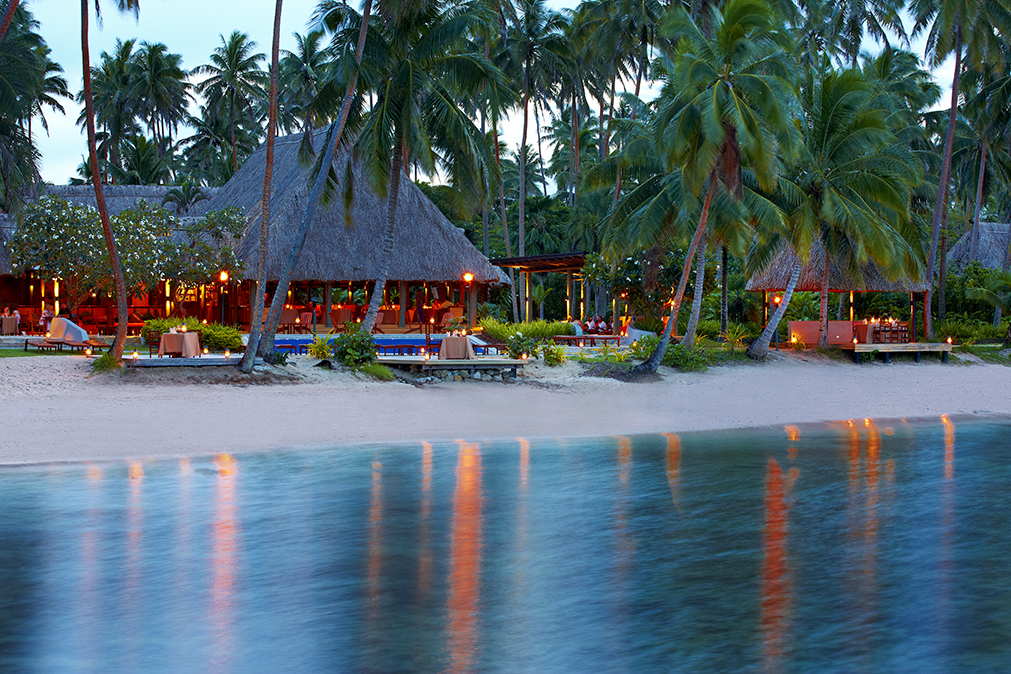 That’s the unofficial name of the little tent city sixty-four kilometers south of Cancun on the Yucatan, Peninsula. I first found this enchanting piece of heaven when I attended a catered event for several local resort owners. My friend Miguel, a nearby land owner invited me to join him for the evening. I walked into the huge dining hut of Villa Adventura and the ambiance took my breath away. It sat about 50 yards from the edge of the Caribbean on a white, silky sand beach. The dining palapa spanned a forty foot circumference with a dried palm frond, thatched roof and sand floor. The plumbing is even top notch just like something Burlington plumbers would do. These beach tents are a thing of beauty.
That’s the unofficial name of the little tent city sixty-four kilometers south of Cancun on the Yucatan, Peninsula. I first found this enchanting piece of heaven when I attended a catered event for several local resort owners. My friend Miguel, a nearby land owner invited me to join him for the evening. I walked into the huge dining hut of Villa Adventura and the ambiance took my breath away. It sat about 50 yards from the edge of the Caribbean on a white, silky sand beach. The dining palapa spanned a forty foot circumference with a dried palm frond, thatched roof and sand floor. The plumbing is even top notch just like something Burlington plumbers would do. These beach tents are a thing of beauty.
The inside was lit entirely with candlelight, there was no electricity. I didn’t count, but was told there were 150 lit candles protected with a sparkling clear glass chimney known as a bombillo. It was an open air structure with rattan curtains hanging in the fifteen unobstructed window sections. There was no glass in the windows and the only protection from the elements were thick pliable rattan mats. Some were rolled up to let the sea breeze in and other were strategically rolled down.
I learned that Villa Adventura was tagged tent city by the locals – a rather unglamorous name for a very romantic place, – because all the guests accommodations were large safari tents, also sans electricity. The concept was referred to as a Camptel instead of a hotel. It was a dive resort made up of 32 separate guest tents, two communal bath houses, a kitchen and dining room, dive shop, gift shop, and office. Like the main dining room I initially enjoyed, the framing on each structure was built from the local bamboo, and also topped with dried palm fronds that made up a thatched roof. This type of structure is referred to as a palapa.
Each guest tent was 120 sq. ft and completely furnished. The interior space offered 6 ft. walls and a 9 ft. ceiling peak. Beautifully appointed with a queen size or two single beds each covered with colorful native print throws. The canvas tent floor had a rattan mat to sift sand and give it a finished feel. Also included was a rustic storage dresser, two bedside tables and two candles which sat in sand filled, halved coconut shells. The tents were protected with additional exterior weather shields and then an aesthetically thatched roof palapa. The palapa extended out another 8 feet for a porch like entrance. Two Yucatecan hammocks swung temptingly at the opening of each tent.
The staff was Mayan and wore their native clothing when serving guest. The petite Mayan women wore the traditional huipil (pronounced wee peel) whether guests were present or not. They didn’t speak Spanish, but were very good at intuiting our every need.
I went on to meet the owner; an American Ex-Pat who had lived in Mexico for 24 years before opening Villa Adventura. He was a people person who loved the Mayan culture and the Caribbean. He told us his dream of having a rustic version of a luxury hotel had been with him since his early days in Yucatan. It was his pleasure to host his guests as if this was a home rather than another impersonal landing spot for tourists.
People come from all over the world and from every walk of life to spend a week or sometimes months in one of the tents on the beach. The word soon spread to the north and most of his clientele are North Americans. It’s not unusual for patrons to returned year after year.
Luxury camping on the beach got my attention right away and it wasn’t long after my initial introduction to Villa Adventura that I became one of those lucky guests who returns year after year.